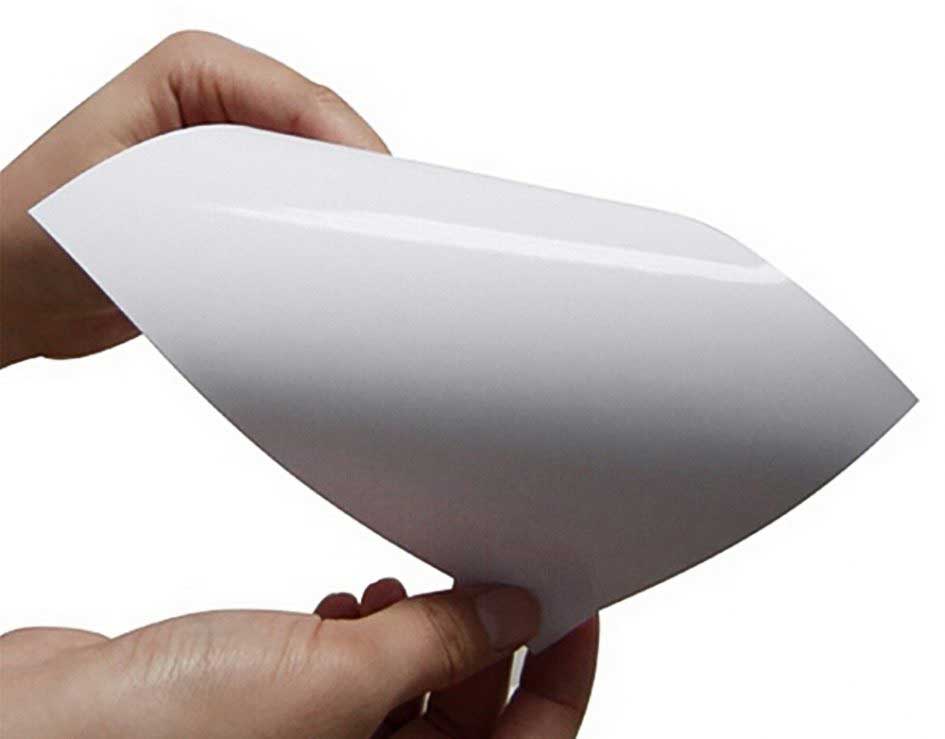Reviewed by Anurag Mishra (Sr. Technical Consultant)

A Gloss meter is an equipment used to measure the specular reflection of a surface like a gloss. Gloss is determined by protruding a beam of light at a constant intensity and angle onto a surface and measuring the amount of reflected light at an equal but opposite angle.
Measurement of Angle
Selection of appropriate gloss meter is dependent on the application and level of a gloss of the surface. Each Gloss Meter –Digital mentions the measuring angles that are used. Measurement angle means the angle between the incident and reflected light. Majority of coatings are covered under the three angles like 20°, 60° and 85°.
The angles can be chosen on the basis of anticipated gloss range such as High gloss range of 60° value is greater than 70GU. If the measurement is beyond 70GU at 60°, change the test setup to 20°. Medium gloss range of 60V value is 10-70GU and Low gloss range is less than 10GU. If the measurement is less than 10GU, change the test setup to 85°.
Types of Gloss Meter
To optimise measurement accuracy, selection of accurate angle of application is equally important. Three types of Gloss Meter are available in the market. They are 60° single angle instrument, a combination of 20° and 60° and one type that joins 20°, 60° and 85°. Two extra angles are used for various other materials. An angle of 45° is used for the measurement of films, ceramics and anodised aluminium while 75° is used for paper.
The dimension of the gloss can be referred to as the point when papers are represented as polished photograph papers, some that are glossier than others. There is a remote possibility that you want a full gleam, it is important to realise that there are checked contrasts in various papers in their shininess. After the gloss paper comes in the pearl and the glossy silk papers. These papers have lower glare to provide milder sheen to the whole picture. The pearl paper has a higher gleam as opposed to the glossy silk.
Uses of Gloss Meter
A Gloss meter is used to quantify a specular reflection sparkle of a surface. Gloss is controlled by foreseeing a light emission at constant power and point onto a surface and measuring of reflected light at an equivalent inverse edge. Various diverse confifurations are accessible for gloss estimation each being subject to the type of surface to be estimated. For non-metals like coatings and plastics, the measure of reflected light increments with a more point of enlightenment as a part of light enters the surface material and is fed into it or diffusely dissipated from its relying upon its shading.